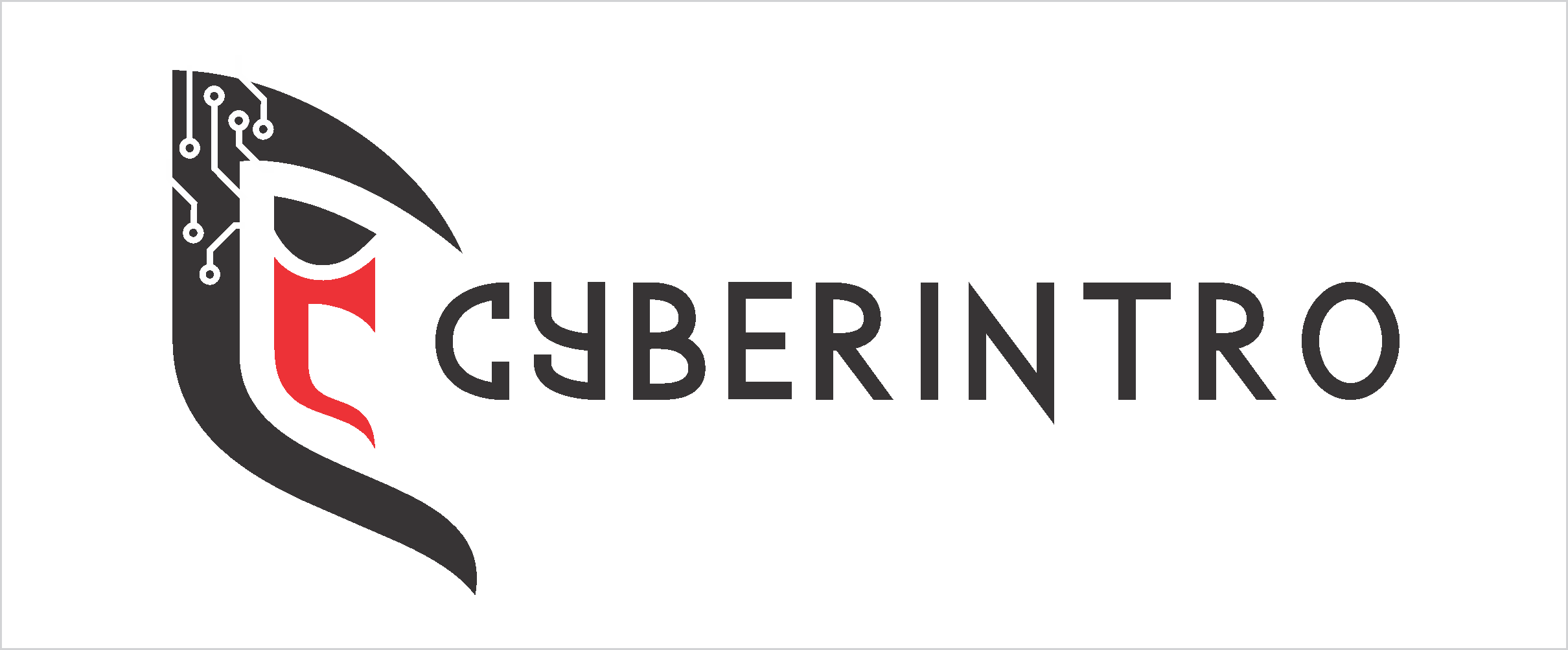What is?Technology
What is Cloud Automation?

In simple terms, Cloud Automation is a term refers to the process of an organization uses to reduce the manual workloads. Cloud Automation includes automating the Private, Public and Hybrid Cloud.
Also Read: What is Cloud Computing?
Table of Contents
Cloud Automation
Cloud Computing often involved repeating tasks such as Provisioning a Virtual Machine, re-configuring the Virtual Machine, monitoring, etc., These tasks are done manually which is more painful and tends to human error. Those errors might create a security flaw and it can put the enterprise at risk.
With the help of Cloud Automation, an organization can reduce the repetitive manual process and workload of the management. To achieve automation, the organization needs to use Orchestration and automation tools. Those tools should be run on top of their Virtual Environment.
Those Orchestrators are used to code the process involved in the manual deployment. When these codes are implemented properly, it significantly reduces the number of peoples in the IT team and cost.
Why do we need Cloud Automation?
Cloud computing has transformed the business landscape to a great extent. The resource optimization and workload automation is the main necessity for today enterprises with rapidly growing technology.
Flexibility and business scalability
Cloud computing offers businesses flexibility and scalability when it comes to computing needs:
Flexibility
Cloud computing allows employees to be more flexible – both in and out of the workplace. Employees can access files using web-enabled devices such as smartphones, laptops, and notebooks. The ability to simultaneously share documents and other files over the Internet can also help support both internal and external collaboration. Many organizations are now implementing “bring your own device (BYOD)” policies. In this way, cloud computing enables the use of mobile technology.
Scalability
One of the key benefits of using cloud computing is its scalability. Cloud computing allows an organization to easily upscale or downscale their IT requirements as and when required. For example, most cloud service providers will allow them to increase their existing resources to accommodate increased business needs or changes. This will allow supporting organizations to grow without expensive changes to their existing IT systems.
Simplifying business processes
A hybrid IT infrastructure can create operational issues. With cloud automation, business owners and IT heads can reduce critical complexities associated with enterprise operations. The IT department can function easily thus simplifying other important processes across the enterprise.
Speedy management and deployment
Because of the highly scalable nature of cloud computing, many organizations are now relying on managed data centers where there are cloud experts trained in maintaining and scaling shared private and hybrid clouds. Cloud computing allows for quick and easy allocation of resources in a monitored environment where overloading is never a concern as long as the system is managed properly. From small companies to large enterprise companies, managed data centers can be an option for the business.
Cost reductions
In current technology, every business needs IT help and so they need to invest a huge amount on IT resources. A strong, dynamic, and functional IT department is the key to increasing the company’s ROI (Return On Investment) quickly.
With cloud automation solutions, enterprises can get legacy IT systems such as routers, storage servers, and in-house data centers at reduced costs. That will help business owners invest in crucial and core enterprise resources.
Tools used in Cloud Automation
There are many tools available for Cloud Automation. Unfortunately, there’s no single tool can be used for every scenario. Here are some of the popular tools to automate the workload:
AWS CloudFormation
AWS CloudFormation allows you to use programming languages or a simple text file to model and provision, in an automated and secure manner, all the resources needed for your applications across all regions and accounts. This gives you a single source of truth for your AWS and third-party resources.
Puppet
Puppet spans across your hybrid environments to automate infrastructure and application workflows and ongoing management. We meet teams where they are and take them to where they need to be by leveraging automation code across teams, deployments, applications, and infrastructure in a secure and scalable way.
Ansible
Ansible is an open-source software used as provisioning, configuration management, and application-deployment tool. It runs on many Unix-like systems and can configure both Unix-like systems as well as Microsoft Windows. It includes its own declarative language to describe system configuration.
Chef
Chef is another veteran player in the infrastructure configuration game. Like Puppet, Chef provides its own DSL to help you enforce everything from configuration policies to continuous delivery of production code. For Chef Automate users (Chef’s commercial platform), you can automate the management of your self-hosted AWS-based infrastructure on an hourly basis or use AWS Opswork for Chef Automate.
VMware vCenter Configuration Manager (VCM)
VMware vCenter Configuration Manager (VCM) enables you to store asset, security, and configuration settings, manage and remediate asset compliance, and automate server provisioning for physical and virtual IT systems and applications.
VCM collects thousands of asset, security, and configuration data settings from each networked virtual environment system and a virtual object, and from Windows, UNIX, and Linux server and workstation and stores them in a centralized Configuration Management Database (CMDB). By leveraging the information stored in the CMDB, IT administrators can ensure that company policies and the actions they perform are appropriate for the IT infrastructure that they support.
Conclusion
Every Cloud Automation tool has its own Strength, weakness, and limitations. Choosing the best tool for your business depends on your business and the needs of your team.
Also read: What is TOR browser? and How to use it?






